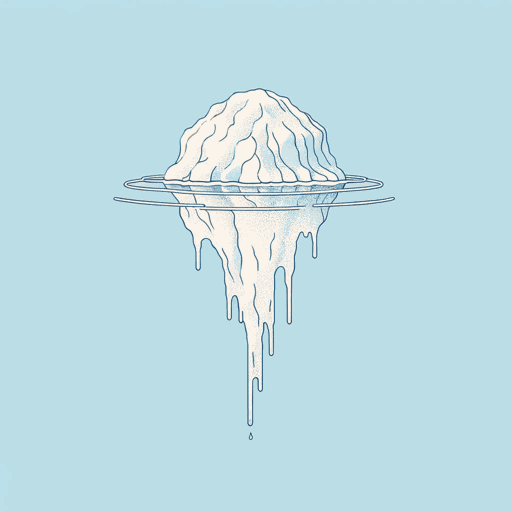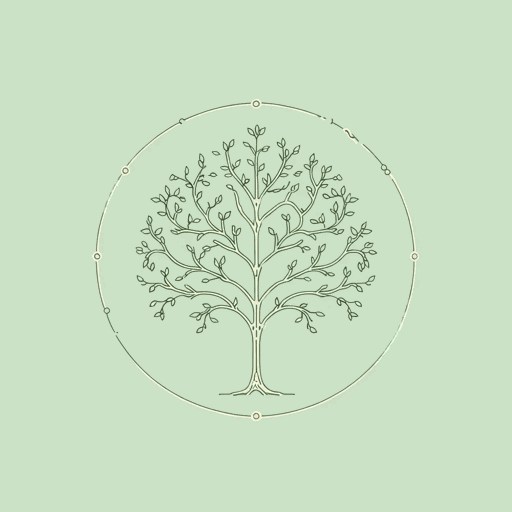41 pages • 1 hour read
Hope JahrenThe Story of More: How We Got to Climate Change and Where to Go from Here
Nonfiction | Book | Adult | Published in 2020A modern alternative to SparkNotes and CliffsNotes, SuperSummary offers high-quality Study Guides with detailed chapter summaries and analysis of major themes, characters, and more.
Summary and Study Guide
Overview
Hope Jahren’s The Story of More: How We Got to Climate Change and Where to Go from Here investigates the connection between climate change and our global population’s insatiable desire to consume. Published in 2020 by Vintage Books, The Story of More is part scientific study, part memoir. In it, Jahren examines the 50-year timeline between her birth in 1969 and the present day. Jahren argues that our current population consumes far more resources than our ancestors ever did. These skyrocketing rates of consumption have led to global environmental destruction and climatological change.
The Story of More contains 19 short, thematic chapters that are 5 to 10 pages each. Each chapter focuses on a single topic, such as population growth, agriculture, electricity, melting ice, or sea level rise. Jahren organizes the chapters into four broad sections: Life, Food, Energy, and Earth.
Chapter 1 provides a brief background of Jahren’s life and what prompted her to write this book. Namely, she began teaching college students about climate change in 2009. Her research for that course led her to understand the catastrophic trend of overconsumption that has become a hallmark of our global population in the last 50 years.
In Chapter 2, Jahren examines global population growth from ancient times into the modern day. In 2020, the Earth hosted over seven billion people, a number that would have shocked our ancestors. Having enough resources for those billions of people is a significant challenge.
Chapter 3 explores the primary causes of human death across the world. Disease is the number one killer of all humans, but we do not necessarily die of the same types of diseases. People in wealthier regions more often perish from stroke, heart attack, or cancer, while people in poorer regions die at younger ages from communicable diseases.
Chapter 4 introduces the “OECD,” or the Organisation for Economic Co-operation and Development. The OECD comprises the regions of the world that contain the wealthiest countries, including North America, Europe, Australia, and New Zealand. People living in these regions consume most of the Earth’s resources and produce most of its waste.
Chapter 5 turns to the topic of food. Since the mid-20th century, farmers and scientists have made great strides in improving agricultural yields, particularly in the development of monocrop farms that produce three times the amount of corn, wheat, or soybeans previously possible.
In Chapter 6, Jahren examines the astounding quantity of meat that people living in OECD countries consume. Americans, in particular, eat far too much meat. Similar to the agricultural industry, scientists have learned how to increase the yield of animals for slaughter by feeding them more, keeping them alive longer, and processing them faster.
Chapter 7 investigates aquaculture, or the industry that raises and processes fish on a mass scale. Similar to grain and meat production, yields in aquaculture have tripled in the last decades as fish consumption has skyrocketed across nations.
Chapter 8 evaluates the presence of added sugar in the majority of Americans’ packaged foods. Sugar derives from multiple crops, including sugar cane or beets, but in modern-day America a majority of it comes from corn and is called high fructose corn syrup (HFCS).
Chapter 9 examines the significant amount of trash and sewage that countries in the OECD produce. OECD countries generate 30% of the globe’s food waste but constitute just 15% of the population.
In Chapter 10, Jahren discusses the amount of energy countries in the OECD consume. We are so used to the presence of electricity that we take it for granted, forgetting that on a minute-by-minute basis we rely on electricity to assist with almost every task.
Chapter 11 provides a brief overview of the major forms of travel popular in OECD countries, including planes, cars, and trains. Planes use a significant amount of fossil fuels—an upsetting realization when we consider that people are flying more than ever. Cars, likewise, consume a great deal of fossil fuels and have proved an incredibly dangerous form of transportation.
Chapter 12 turns to fossil fuels, which are the remains of decomposed plant and animal life that have, over millions of years, transformed into products such as oil and coal. Globally, we rely on fossil fuels to power the majority of our energy needs, and yet these nonrenewable resources are in very short supply.
In Chapter 13, Jahren discusses other forms of renewable energy sources, including wind-driven turbines, water-driven turbines, and solar panels.
Chapter 14 discusses carbon dioxide, a type of gas released into the atmosphere during the process of turning fossil fuels into energy. Carbon dioxide is warming the atmosphere at an alarming rate.
Chapter 15 tracks the process of how a warming atmosphere is changing global weather patterns. It introduces the term “global weirding” to describe the erratic results of too much carbon dioxide in the sky.
In Chapter 16, Jahren briefly summarizes the types and extent of ice present in the Arctic and Antarctic, including glaciers, sea ice, and ice sheets. Warming temperatures in both the atmosphere and ocean are causing the polar ice caps to melt.
Chapter 17 discusses sea level rise, which is the result of melting polar ice and sea water expanding as it warms. This affects some coastal regions more than others.
Chapter 18 turns to the topic of extinction. While it is normal for all species to go extinct at some point, climate change and habitat loss may be causing a sixth mass extinction. By 2050, we may lose around 25% of the current species living on Earth.
Chapter 19 concludes with a warning: Engineering solutions will not fix climate change. Instead, we all need to live by Jahren’s motto: “Use Less and Share More.”
In the Appendix, Jahren offers some step-by-step solutions to addressing climate change, which mainly focus on changing our personal spending, eating, traveling, and investment habits.


